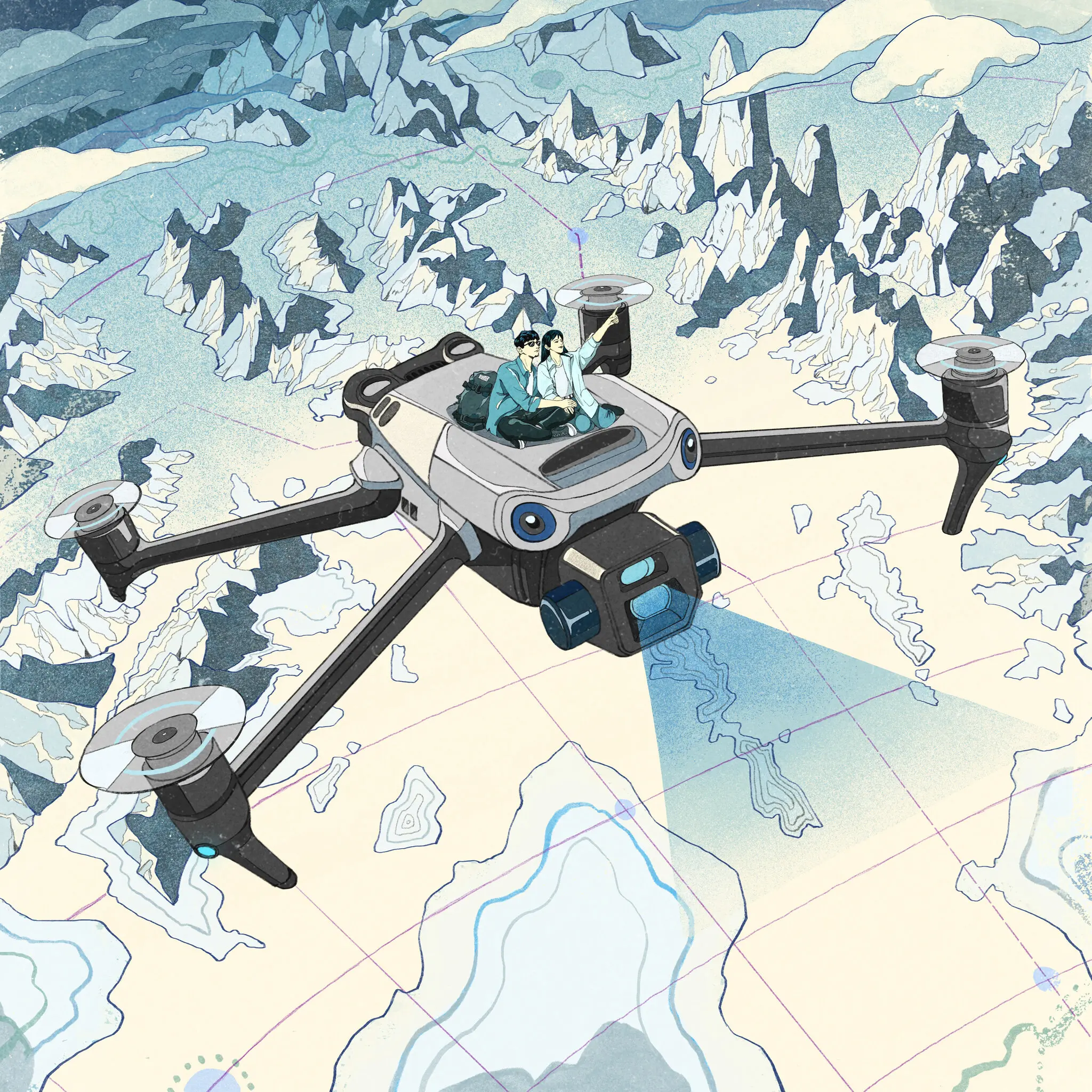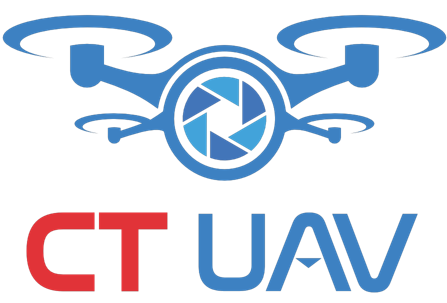Historically, aerial photography relied heavily on airplanes or helicopters, which involved significant costs and operational complexities. However, the emergence and growing accessibility of unmanned aerial vehicles (UAVs) have revolutionized this field. Advances in technology, including sophisticated obstacle avoidance systems, precise GPS navigation, extended flight durations, and exceptional camera stabilization capabilities, have made aerial photography more accessible, cost-effective, and practical than ever before.

Adherence to Flight Regulations
Prior to operating a UAV, a comprehensive understanding of fundamental flight regulations is essential. Operators must ensure that the drone remains below an altitude of 400 feet, is always within the line of sight, and avoids restricted areas or flying over crowds. It is crucial to note that regulations vary across countries, making thorough research a necessary step before flight. Non-compliance can result in significant penalties, including fines or the confiscation of the UAV, emphasizing the importance of strict adherence to these guidelines.
Understanding the Capabilities of UAVs
UAVs offer exceptional agility, precision, and multi-directional movement, enabling operators to explore unique angles and achieve the ideal composition for aerial photography. However, beginners often make the mistake of flying at excessive altitudes, resulting in images that lack balance and well-structured composition. To fully leverage the potential of UAVs, it is crucial to maintain an appropriate altitude and utilize their maneuverability to produce visually compelling and artistically refined photographs.
Monitoring Weather Conditions
Weather conditions play a critical role in the effectiveness of UAV-based photography, as factors such as strong winds or adverse weather can compromise control and image quality. To optimize flight safety and photographic outcomes, it is essential to closely monitor weather forecasts and select the ideal times for flight, such as during dawn or dusk, when lighting is softer and environmental conditions are more stable, ensuring optimal results in aerial imagery.
Exploring Light and Patterns
When operating a UAV, it is essential to focus on discovering unique patterns and lighting, as these elements can dramatically transform the composition of an image. On overcast days, aerial photography can yield captivating and unconventional effects. The twilight hours, during sunset, offer a soft, alluring light that can enhance the visual appeal of photographs. Experimenting with long exposure techniques during these moments can produce images that are not only visually striking but also rich in depth and emotion.
Gaining Insight from Experts
A highly effective way to enhance your photography skills is by studying and learning from professional photographers. Their work not only serves as a source of inspiration but also provides fresh perspectives and creative ideas, enabling you to develop a distinctive and personalized photographic style. Drawing knowledge from seasoned experts can serve as a powerful motivator, fostering both the technical quality and creative depth of your images.
Cre: Nytimes.com
